Advancements in Rodenticide Formulations
Innovations in rodenticide formulations are significantly influencing the Rodenticides Market. Manufacturers are increasingly focusing on developing more effective and safer products that target specific rodent species while minimizing risks to non-target animals and humans. For instance, the introduction of second-generation anticoagulants has shown to be more effective in controlling rodent populations with lower dosages. Market data suggests that these advanced formulations could lead to a projected growth rate of 5% annually in the rodenticides segment. This trend not only enhances the efficacy of pest control measures but also aligns with consumer preferences for environmentally responsible products, thereby expanding the market.
Urbanization and Increased Rodent Populations
The rapid pace of urbanization appears to be a primary driver for the Rodenticides Market. As cities expand, the density of human populations increases, leading to a corresponding rise in rodent populations. Urban areas often provide ideal habitats for rodents, such as food waste and shelter. Consequently, the demand for effective rodent control solutions, including rodenticides, is likely to surge. According to recent estimates, urban areas could see rodent populations increase by up to 25% over the next decade, necessitating robust pest management strategies. This trend indicates a growing market for rodenticides, as municipalities and property owners seek to mitigate the risks associated with rodent infestations, including health hazards and property damage.
Regulatory Frameworks and Compliance Requirements
The evolving regulatory frameworks surrounding pest control products are shaping the Rodenticides Market. Governments are increasingly implementing stringent regulations to ensure the safety and efficacy of rodenticides. Compliance with these regulations often necessitates significant investment in research and development by manufacturers. As a result, companies that adapt to these regulatory changes may gain a competitive advantage in the market. For instance, the introduction of new labeling requirements and safety assessments could lead to a consolidation of the market, as smaller players may struggle to meet compliance standards. This dynamic suggests that the regulatory landscape will continue to influence market growth and product innovation.
Increased Agricultural Activities and Rodent Management
The expansion of agricultural activities is another significant driver for the Rodenticides Market. As agricultural production intensifies to meet the demands of a growing population, the need for effective rodent management becomes paramount. Rodents can cause substantial damage to crops, leading to economic losses for farmers. Recent studies indicate that rodent damage can account for up to 10% of total crop yields in certain regions. Consequently, farmers are increasingly turning to rodenticides as a vital component of their pest management strategies. This trend not only boosts the demand for rodenticides but also encourages the development of specialized products tailored for agricultural use, thereby enhancing market growth.
Rising Awareness of Health Risks Associated with Rodents
The growing awareness of the health risks posed by rodent infestations is a crucial driver for the Rodenticides Market. Rodents are known carriers of various diseases, including hantavirus and leptospirosis, which can have severe health implications for humans. As public health campaigns emphasize the dangers of rodent-borne diseases, the demand for effective rodent control solutions is likely to increase. Recent surveys indicate that approximately 60% of households are concerned about rodent infestations, leading to a heightened interest in rodenticides as a preventive measure. This awareness not only drives sales but also encourages the development of more targeted and effective rodenticide products.
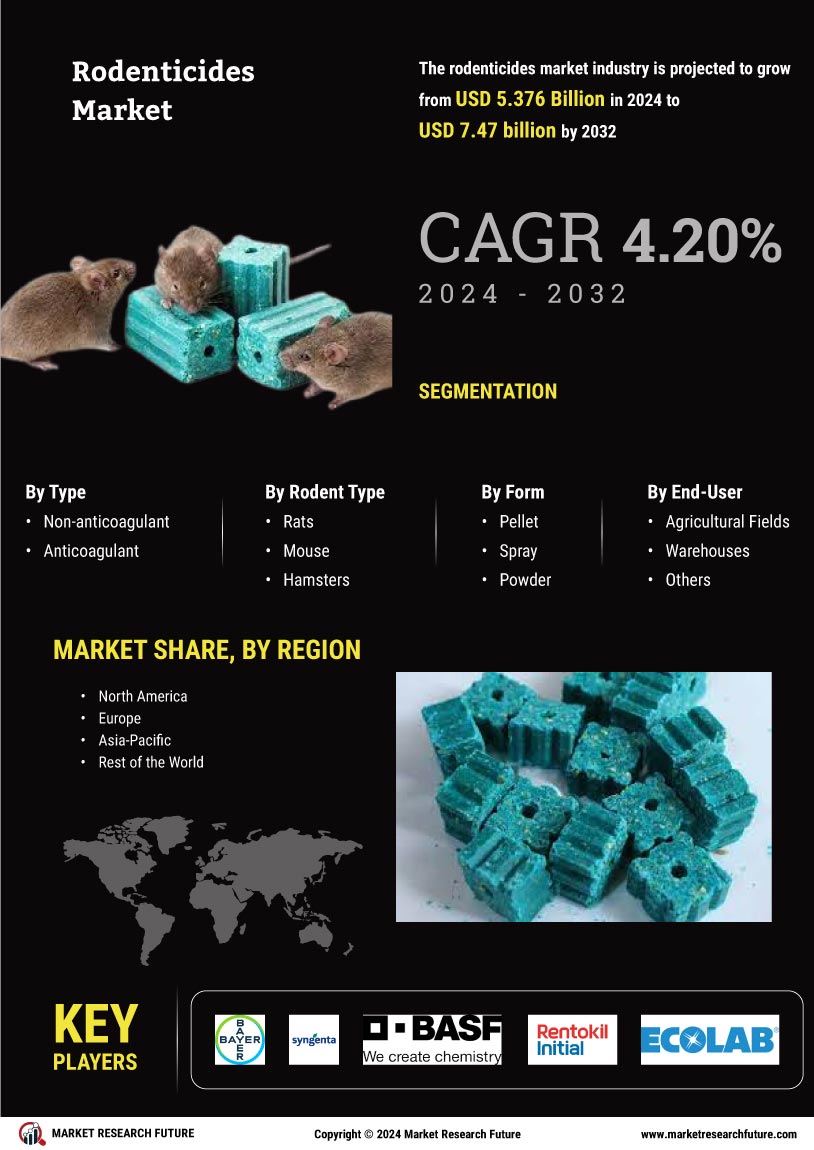

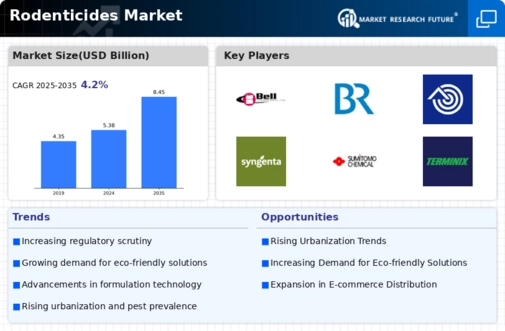
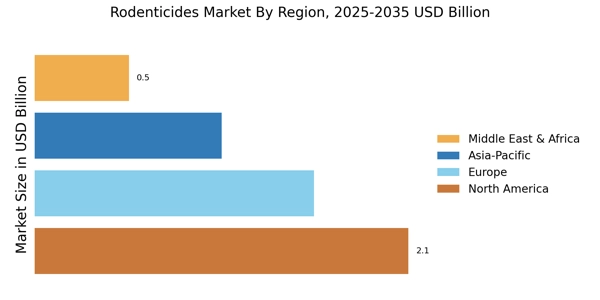
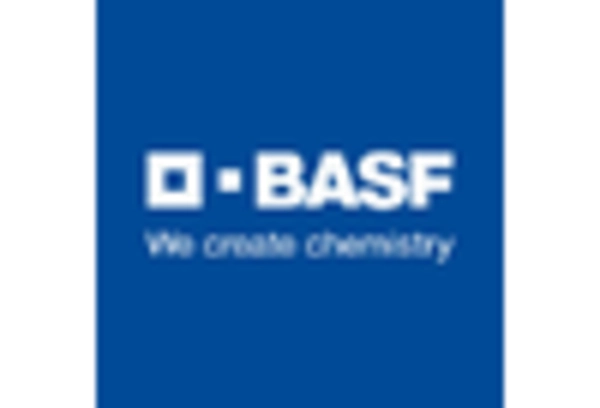
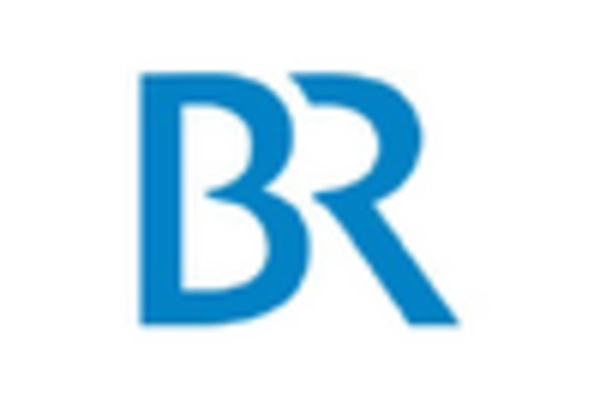
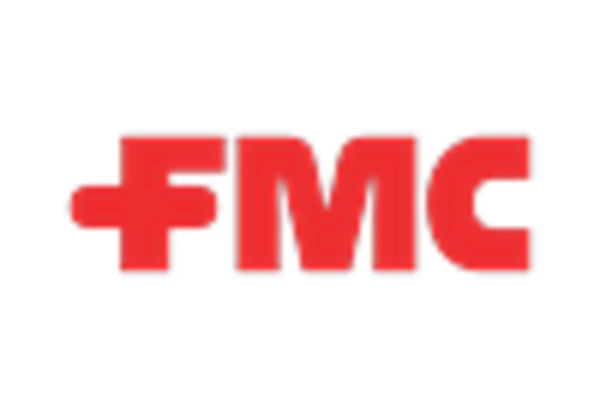

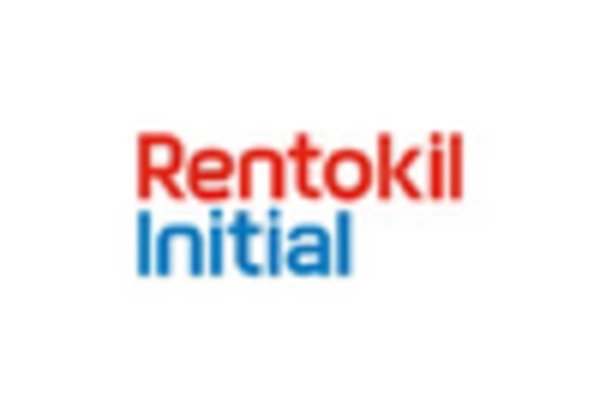
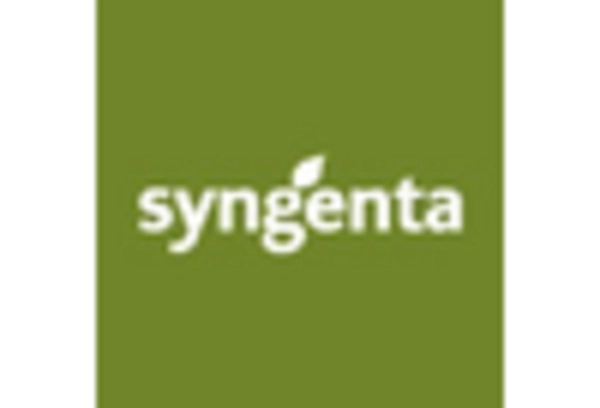








Leave a Comment